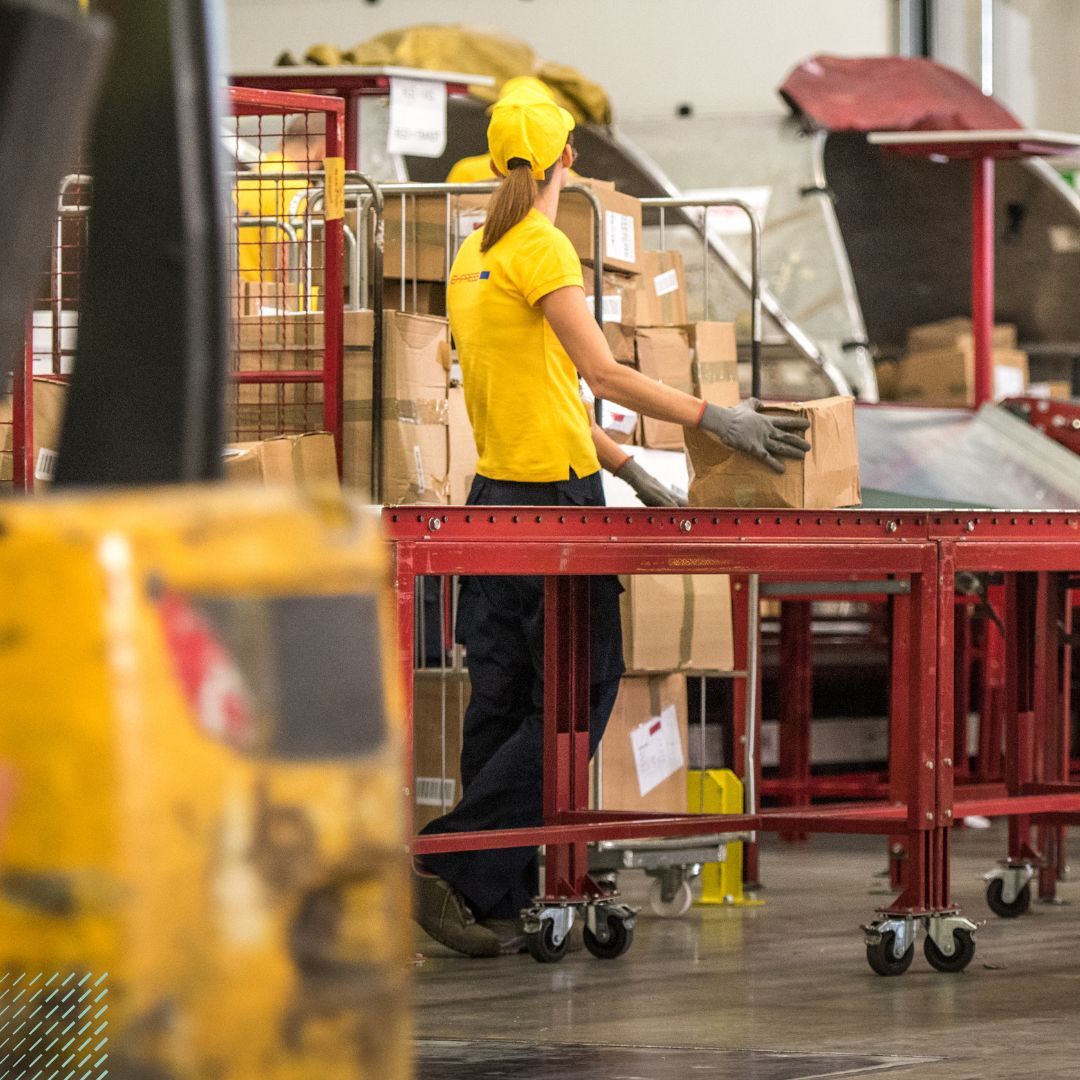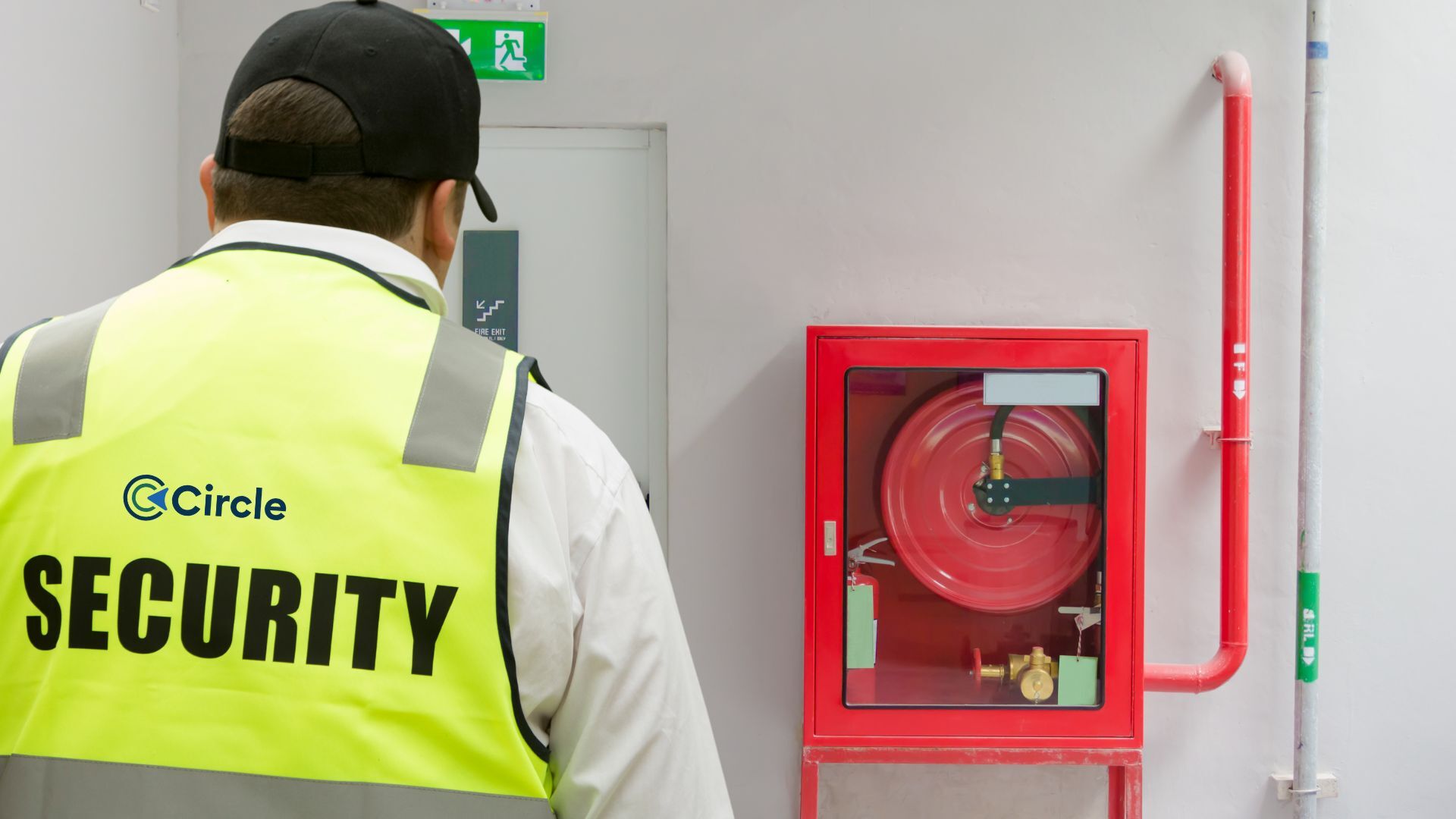Health and Safety Risk Assessment
What Is a Health and Safety Risk Assessment? A health and safety risk assessment is a systematic process that helps employers identify workplace...
2 min read
 Circle Editor
:
Oct 2, 2025 1:38:46 PM
Circle Editor
:
Oct 2, 2025 1:38:46 PM

They keep goods moving, customers satisfied, and businesses competitive. But with this critical role comes significant risk. From operational hazards on the warehouse floor to strategic threats across supply chains, owners face a daily balancing act between efficiency, safety, and resilience.
In the UK logistics sector, risk is not hypothetical — it’s very real, and it’s rising. According to the Road Haulage Association, freight crime losses in the UK surged to more than £1 million in 2024, even as the number of reported incidents fell. That signals not just more thefts, but more valuable or more sophisticated ones.

As risks increase—whether from theft, fire, cyber-attacks, or natural disasters—insurance premiums continue to rise. Owners struggle to balance adequate coverage with affordability. Underinsurance exposes businesses to catastrophic loss, while overinsurance cuts into already tight margins. Striking the right balance requires robust risk assessments and negotiation with insurers based on demonstrable mitigation measures.
Health and safety requirements, fire codes, and environmental standards are constantly evolving. Falling behind on compliance can mean fines, operational shutdowns, or reputational harm. For global operators, the challenge compounds when each region imposes different standards. Continuous monitoring, regular audits, and proactive investment in compliance systems are essential to stay ahead.
Distribution centres are high-risk environments. Fires, cargo theft, equipment malfunctions, and workplace accidents are not just possibilities—they are persistent threats. Forklift collisions, racking collapses, or improper handling of hazardous goods can halt operations and expose companies to legal and financial liability. A culture of safety and preventative maintenance is critical.
Many facilities are vulnerable to flooding, storms, or structural weaknesses, especially older warehouses not designed with modern climate risks in mind. Downtime caused by infrastructure failures can result in millions in lost revenue and reputational damage. Investing in climate resilience and retrofitting infrastructure is increasingly seen as a necessity rather than a choice.
Risk management is most effective when proactive. Yet many operators lack real-time visibility into their assets, workforce compliance, or environmental conditions. Without accurate data, risk prevention becomes reactive. Compounding this, a weak risk-aware culture among staff increases exposure to accidents and compliance failures. Embedding training, accountability, and real-time monitoring helps shift from reaction to prevention.
Forward-looking logistics operators are taking proactive steps to turn vulnerabilities into strengths:
✅ Integrated risk management systems for real-time monitoring and predictive analytics.
✅ Culture of safety supported by training, accountability, and leadership buy-in.
✅ Robust security protocols to deter cargo theft and insider risks.
✅ Sustainability and resilience upgrades to protect facilities against climate and compliance pressures.
✅ Tested continuity plans to ensure recovery from major disruptions.
“Risk management isn’t just about avoiding loss—it’s about protecting people, building trust, and ensuring business continuity.
At Kyri, we believe resilience is what separates businesses that survive from those that lead.”— Kyri Anastasi, CEO at Circle UK Group , Connect on Linkedin
In today’s volatile environment, resilience is no longer optional. The businesses that invest in proactive strategies today will be the ones leading tomorrow.
Have Question? We are here to help
Supply chains are more global, interconnected, and dependent on technology than ever. Disruptions no longer stay local—they ripple instantly across networks.
Culture. Even the best systems and technology fail if staff don’t have the training, awareness, and accountability to mitigate risks day to day.

What Is a Health and Safety Risk Assessment? A health and safety risk assessment is a systematic process that helps employers identify workplace...

1 min read
The Importance of Risk Assessment: Protecting Your Business Future Table of Contents What is Risk Assessment? Company Risk Assessment Risk...

Across the UK — especially in London — thousands of buildings continue to require Waking Watch services to remain safe and compliant while fire...